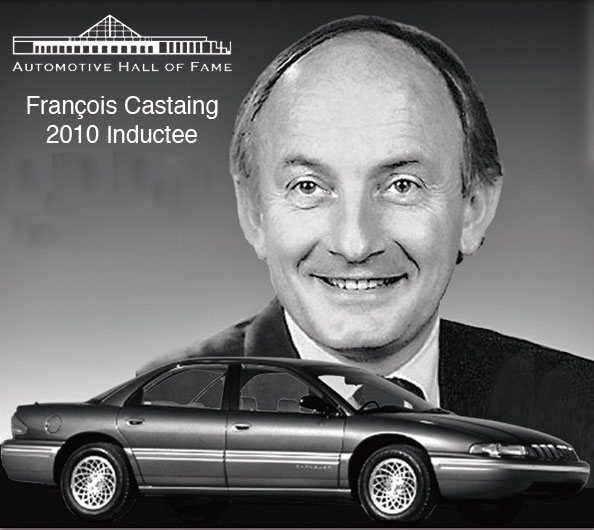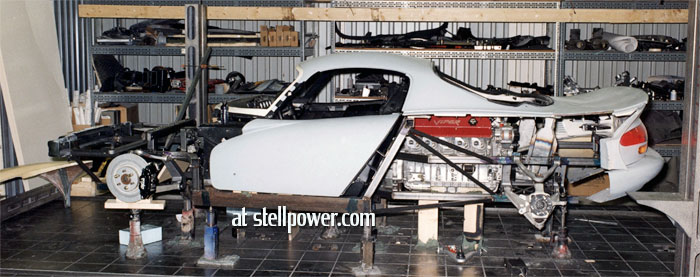In the late 1980s, Chrysler was calcifying and heading back into oblivion. Lee Iacocca’s 1989 purchase of American Motors (AMC) started a turnaround which made Chrysler the hottest, most profitable automaker in the world for a brief time—in the United States, for example, being the only company above average in both customer loyalty and customer capture. Chrysler started re-establishing itself globally before the turnaround ended with its “own goal” of being acquired by Daimler-Benz.

One of the men most responsible for the turnaround was Francois Castaing, head of engineering at AMC, who after 1989 quickly became head of engineering at Chrysler. He had led pioneering work at the “always #4” automaker, surpassing bigger companies in innovation with a comparatively tiny team. He was inducted into the Automotive Hall of Fame in 2010.
Castaing was one of the driving forces behind the Dodge Viper, and then behind the new engineering methods which resulted in far lower development costs, far faster concept-to-market times, and far higher critical acclaim for every car in every class. He kept pushing for new innovations in every arena, while remaining largely unheralded by the outside world. His alleged imaginative ways of dealing with budgetary restrictions, which took away obstacles from his engineers, were reportedly not appreciated by German executives, though.

After his retirement, Francois Castaing was relatively quiet until recently, with a new book on his “China car” published in 2019. He also provided some information for my own Viper book, talking about the mid-engine variant which was created as a prototype, but never produced for sale. When I contacted him, he was at first reluctant to talk, but agreed to take a quick look at my prior minivan development story book for an example of how I treated insiders; then he was willing to verify or deny some details and provided some information about the creation of the mid-engine Viper.
Born in 1945 in Versailles, Castaing joined Amedee Gordini’s racing team while still in college; he did a tour in the military and returned to the team, rising to technical director. Under Castaing, the team, now owned by Renault, won Le Mans and entered Formula 1. He moved to AMC when Renault bought a chunk of the company, leading development of the revolutionary “XJ” Cherokee and Comanche. When Chrysler took over in 1989, Castaing stayed and led the LH car development, which took a mere 39 months; Castaing is credited with creating the cross-functional “platform team” development system.
Francois Castaing was revered by many talented Chrysler engineers. He brought new life to Engineering and to the products; while the colorful Bob Lutz and designer Tom Gale were in the public eye, Castaing, French accent intact ot the end, tended to be overlooked. He was, though, a key force in Chrysler’s survival and its rapid growth from the 1991 Viper to the end of the company in late 1998 (Castaing retired in 2000 as part of the general drain of key employees after Daimler took over). He will be missed by those who knew his importance.
Discover more from Stellpower - that Mopar news site
Subscribe to get the latest posts sent to your email.
